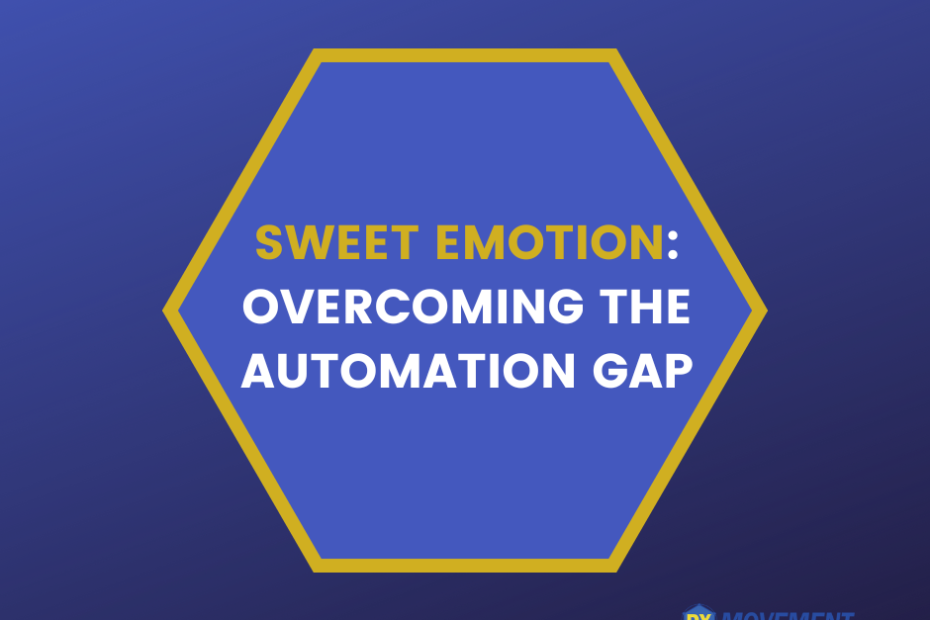With all the automation taking place in our world, it’s become all too easy to be void of human interaction. Many tasks that used to require human contact can now be done without it: shopping, filling the car with gas, ordering food for delivery…even taxi service if you’re brave enough to go in a driverless car.
The medical world is now well into the use of online tools to automate many of the steps in the process of fulfilling the patient appointment. Educational quizzes, appointment scheduling, and bill payment are 3 “self-service” options that patients can use to learn about procedures, book a consultation, and choose how to pay for services.
The promise of all this is greater patient convenience and less staff time spent on basic tasks. But is it really worth it?
There’s no question that patients want and demand the same conveniences they have gotten accustomed to in pretty much every part of their daily lives. Years ago my colleague John DiJulius estimated that 85% of person-to-person interaction had been eliminated through the relentless pursuit of automation. There’s a hidden cost to all of this: less human interaction leads to less commitment.
Online shoe retailer Zappos (long since acquired by Amazon) understood this when they established their customer loyalty team (note: they didn’t use the term “call center”). Their goal in each telephone call with a customer was to establish a P-E-C: Personal Emotional Connection. Their phone reps didn’t have a quota or time limit and were trained to have a conversation with each caller and help in any way possible, even if it had nothing to do with shoes. This desire for human beings to relate to one another is why insight #4 in Beyond Bedside Manner is about Establishing CONNECTION.
In the practice I lead, we see this in the data we track around no-shows and cancellations. People who haven’t had a “personal touch” in the form of a phone call are less likely to show up. The reason is obvious, if a bit counter-intuitive; those patients are less engaged.
The solution to this is also obvious. Don’t forget that old-fashioned way of communication: the telephone! A conversation via telephone can convey emotion and enthusiasm in ways that an automated text cannot. One of the best telephone coaches out there is Troy Cole. He works with our team to make sure we are connecting personally with those who are initially reaching out online.
We were speaking this morning and I want to share a great insight he offered:
Automation should augment what we do so we can do it better.
What he means is that any technology we use to help us be more efficient (e.g. online scheduling) should give us time to reinforce with a personal touch. He challenges our team to think of each patient follow-up as a person, not a task. Using the telephone to establish that bond is one proven way to add emotion on top of automation. For the PX-centric practice, this is an important concept from which there is no shortcut.

